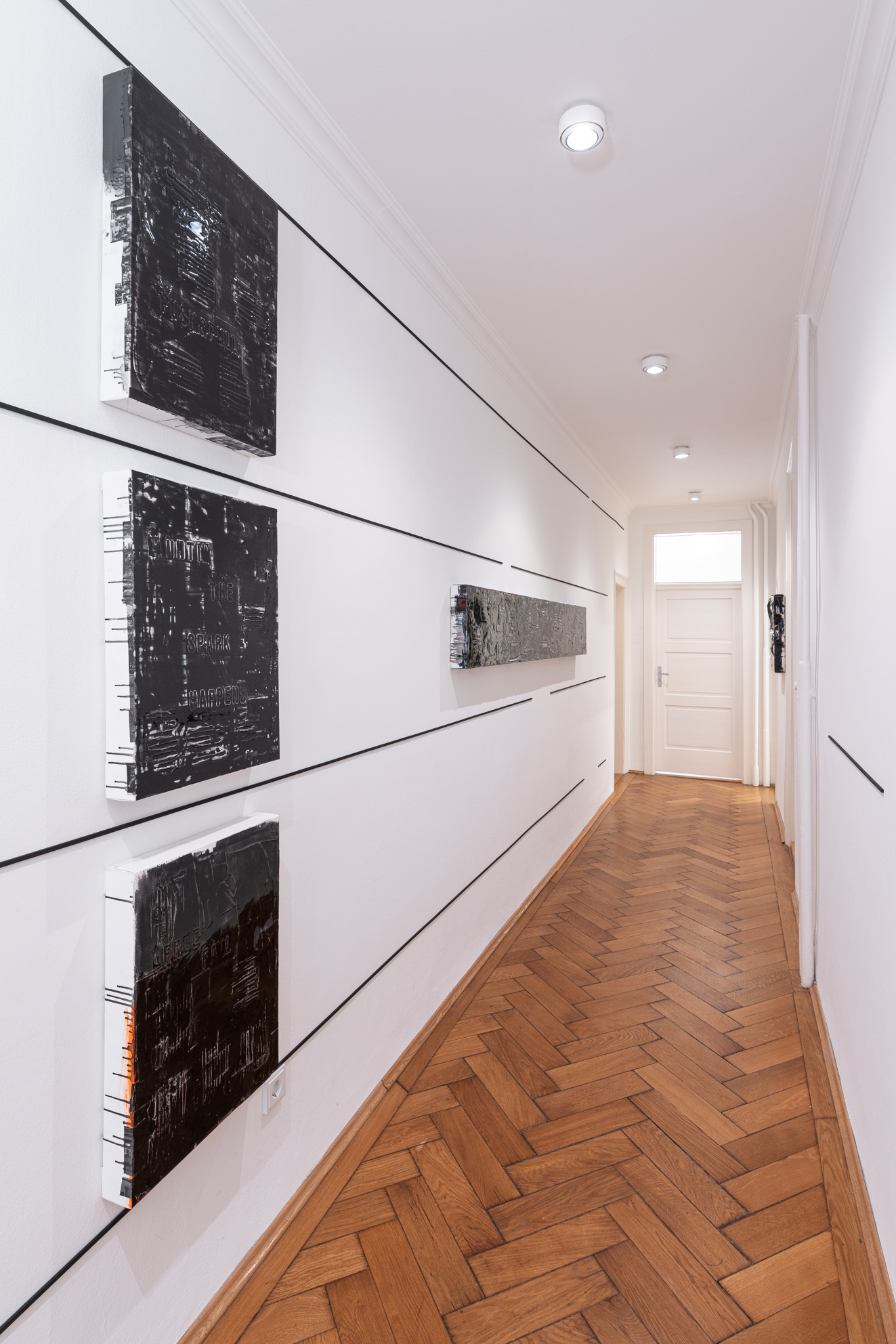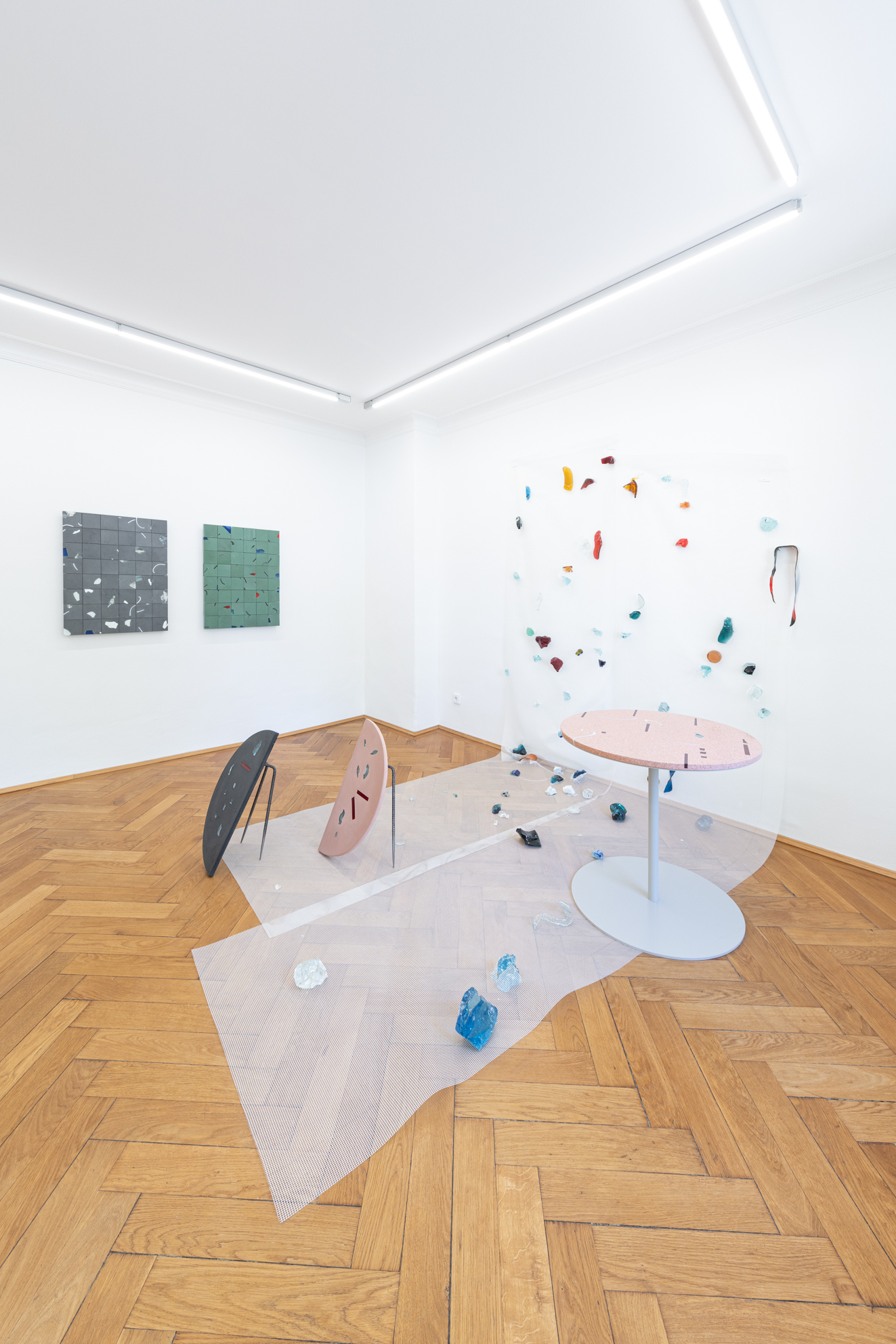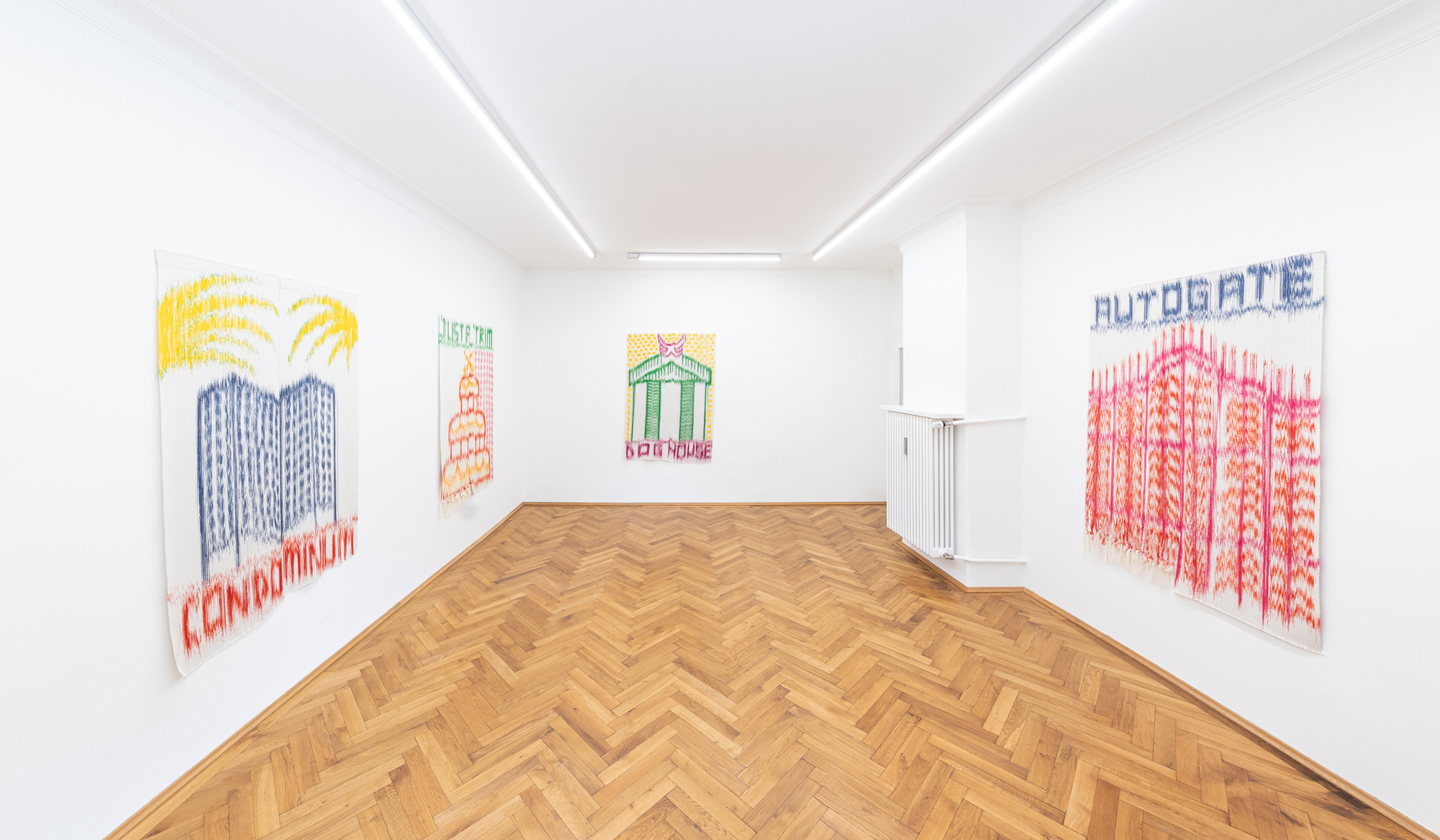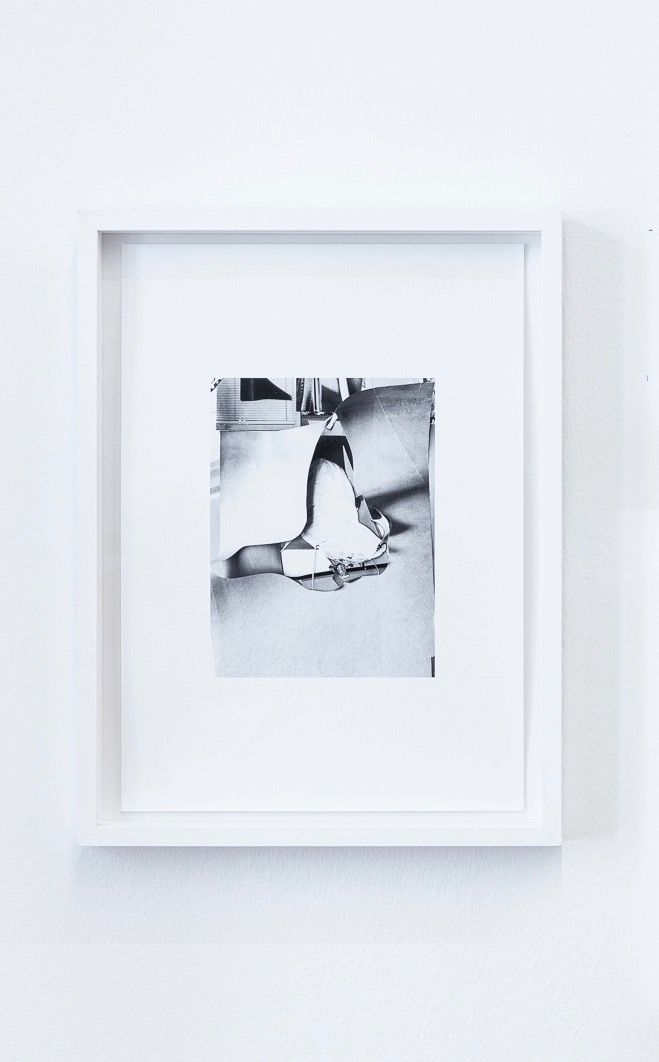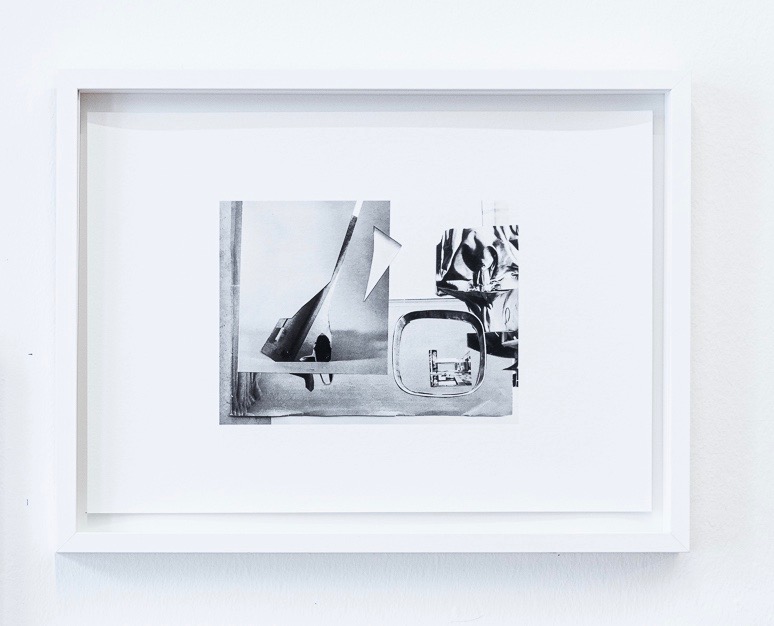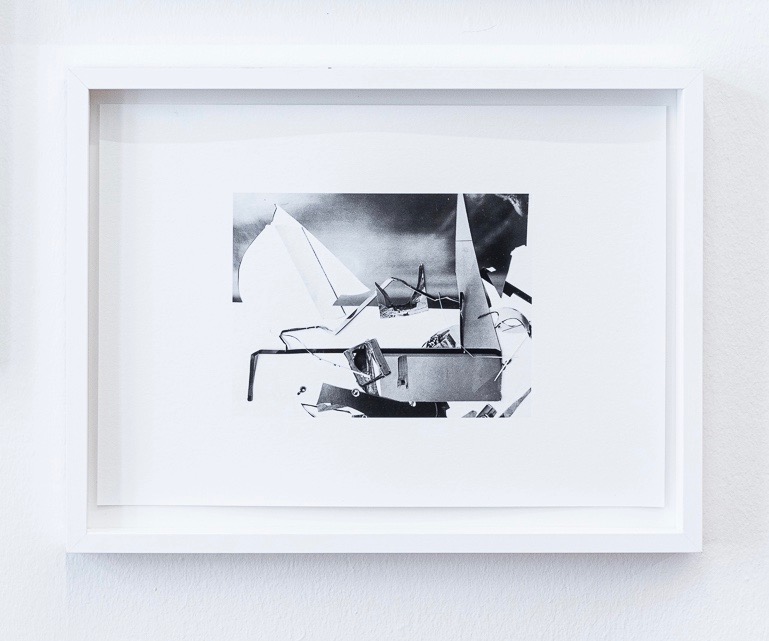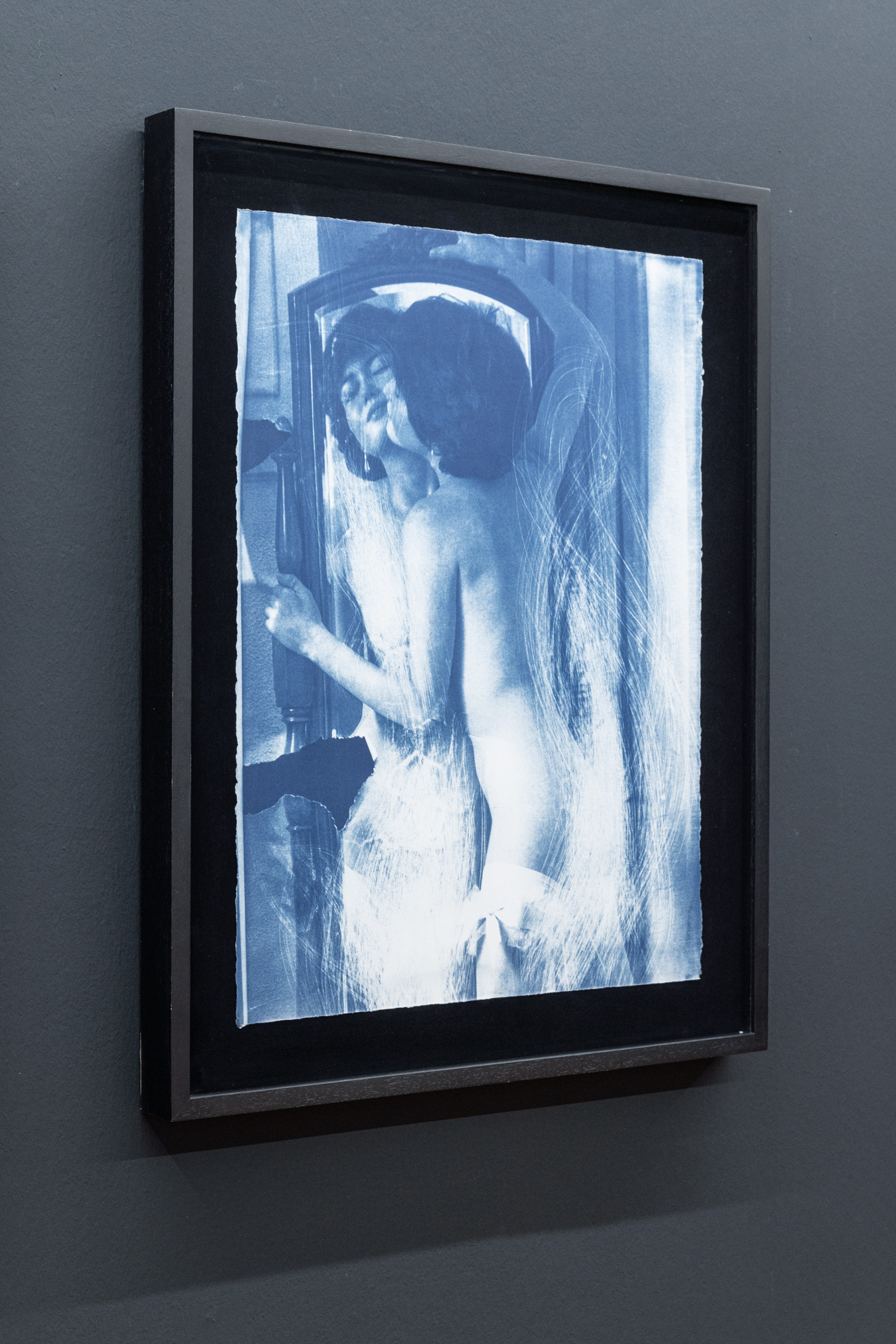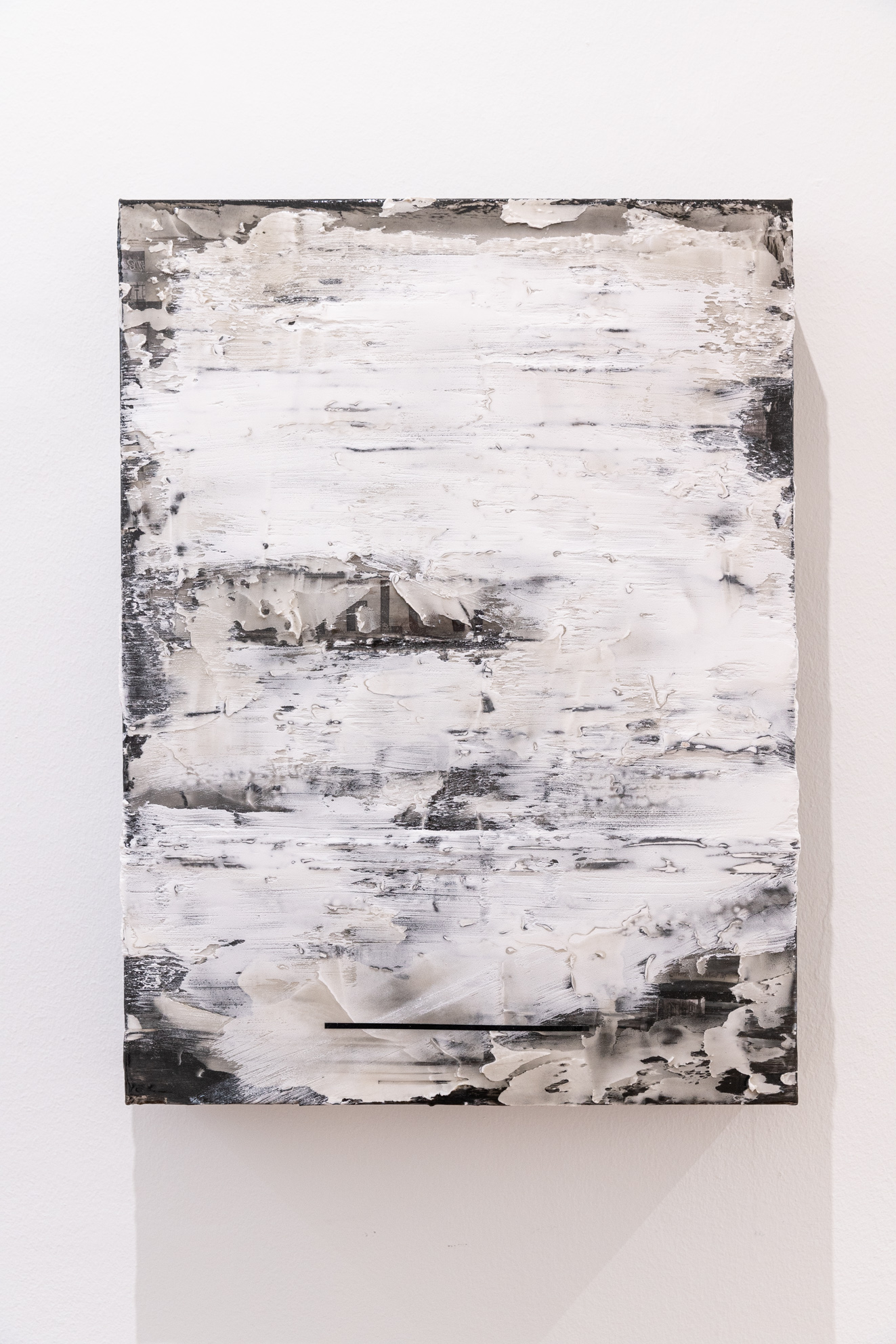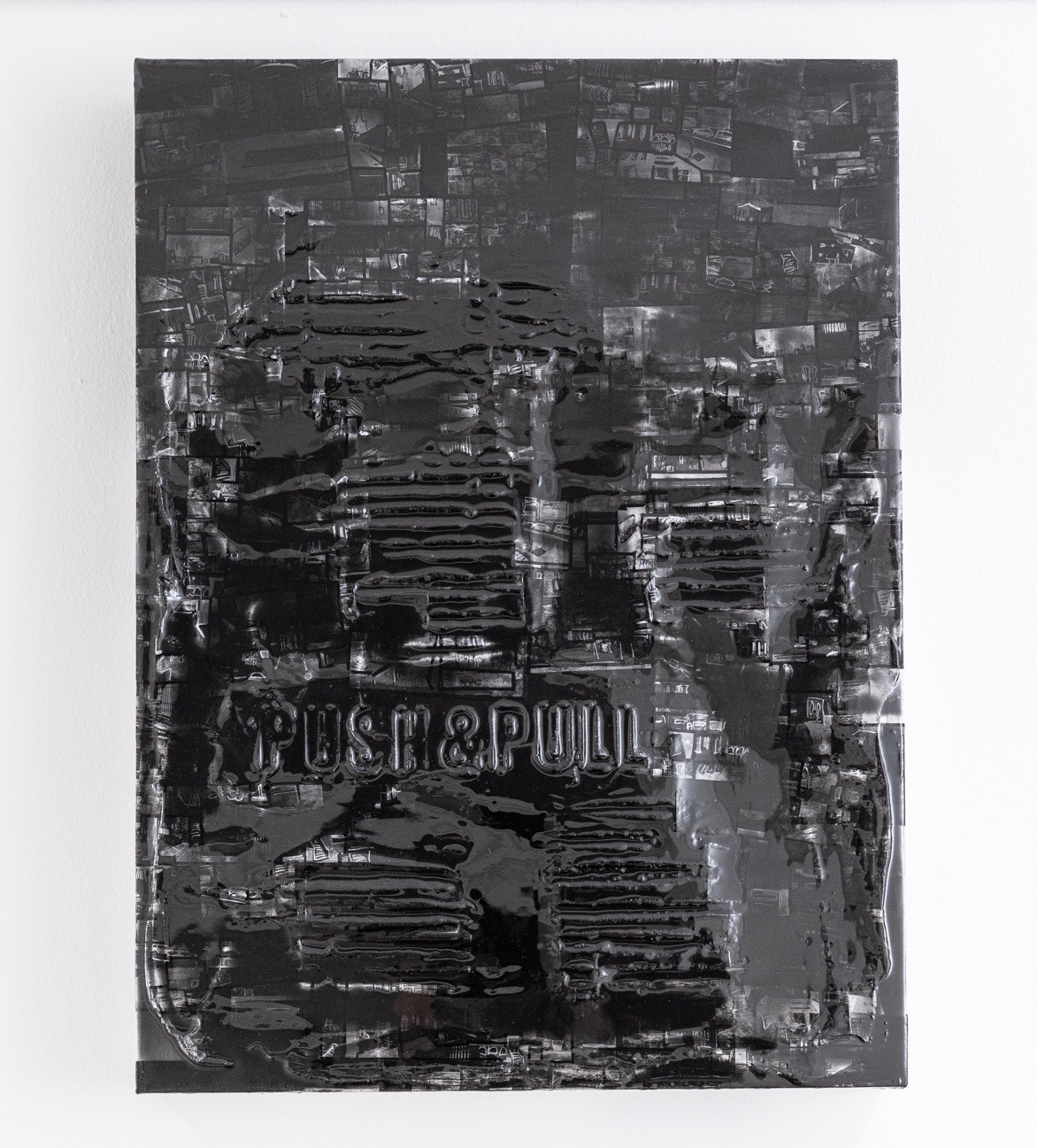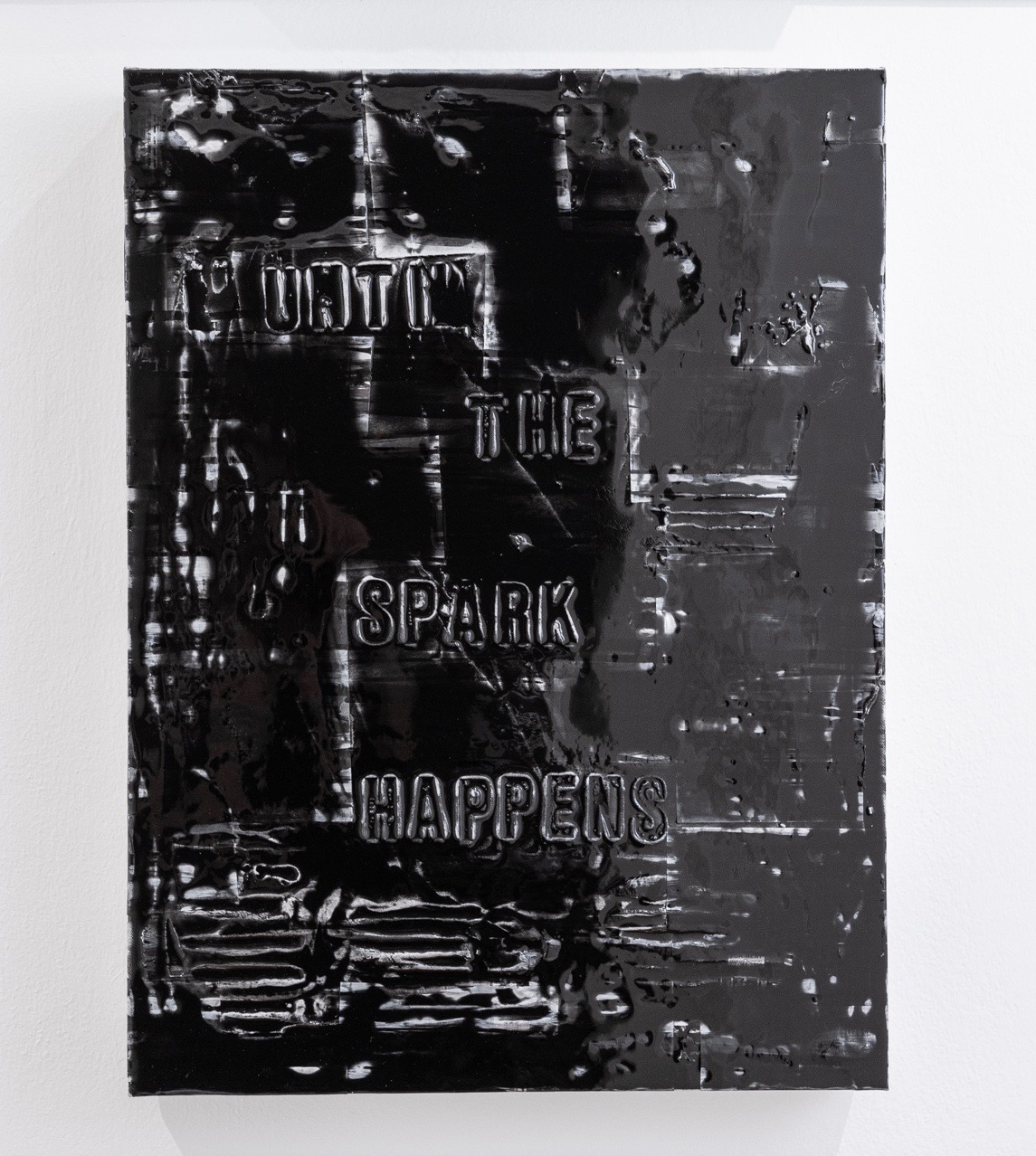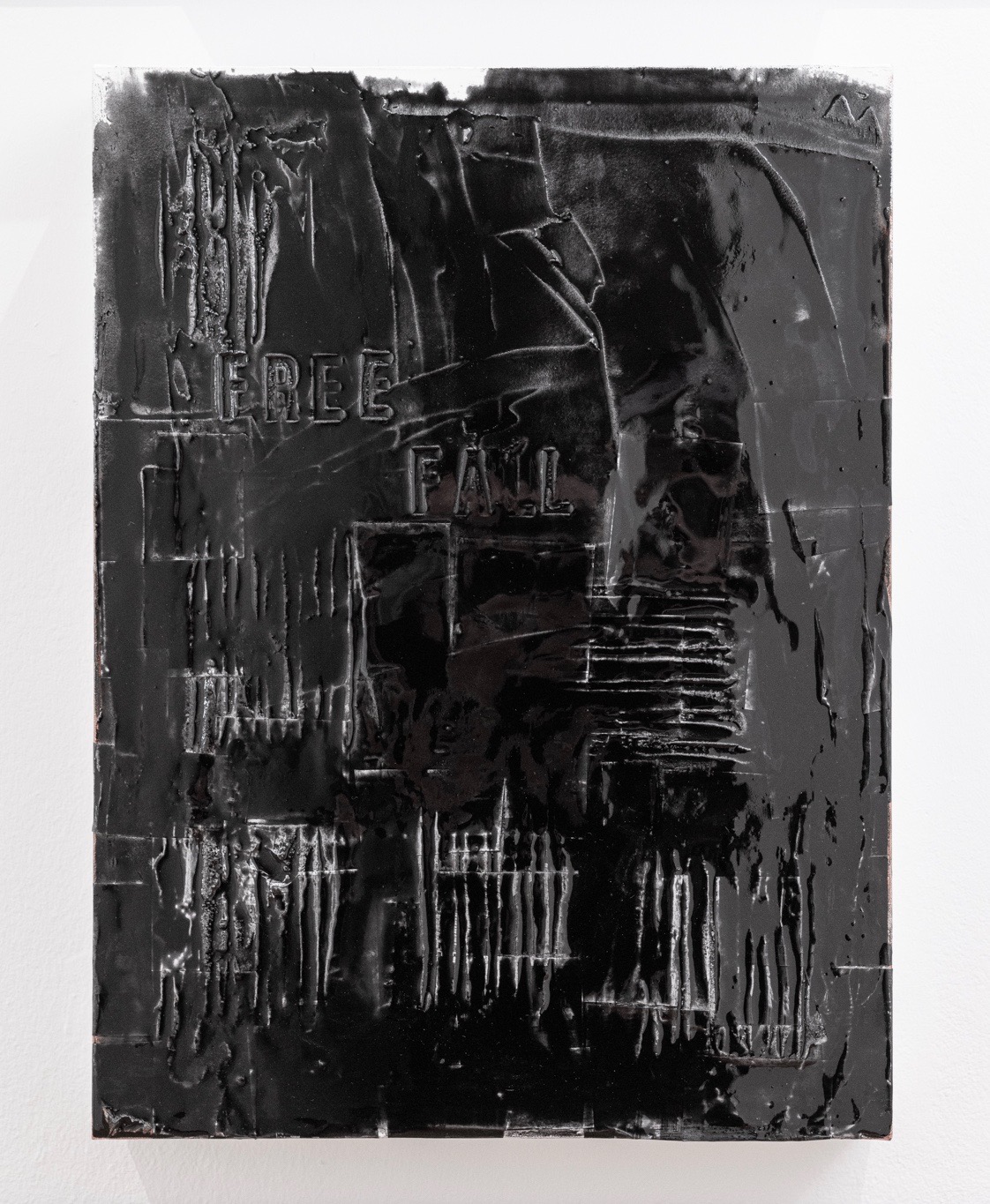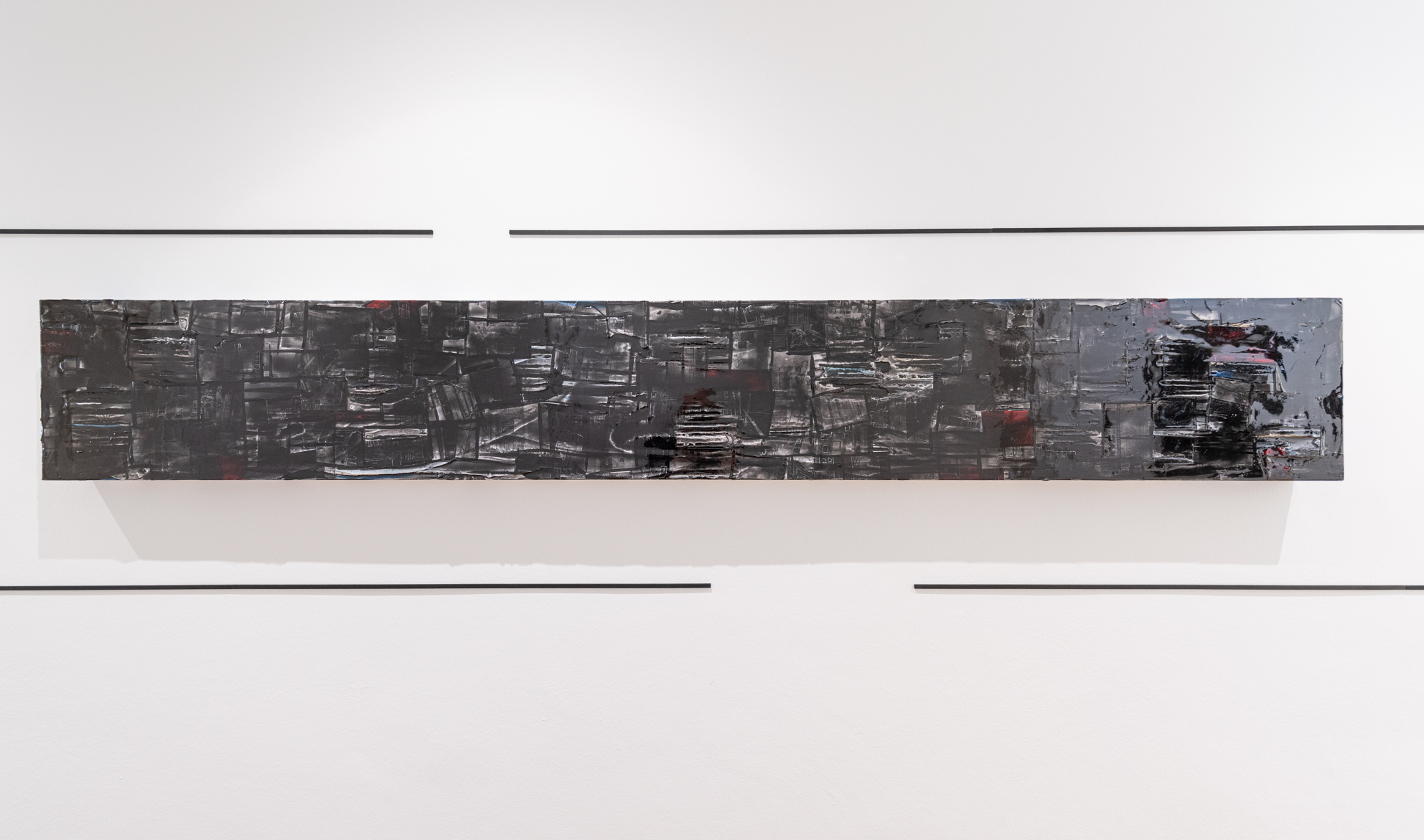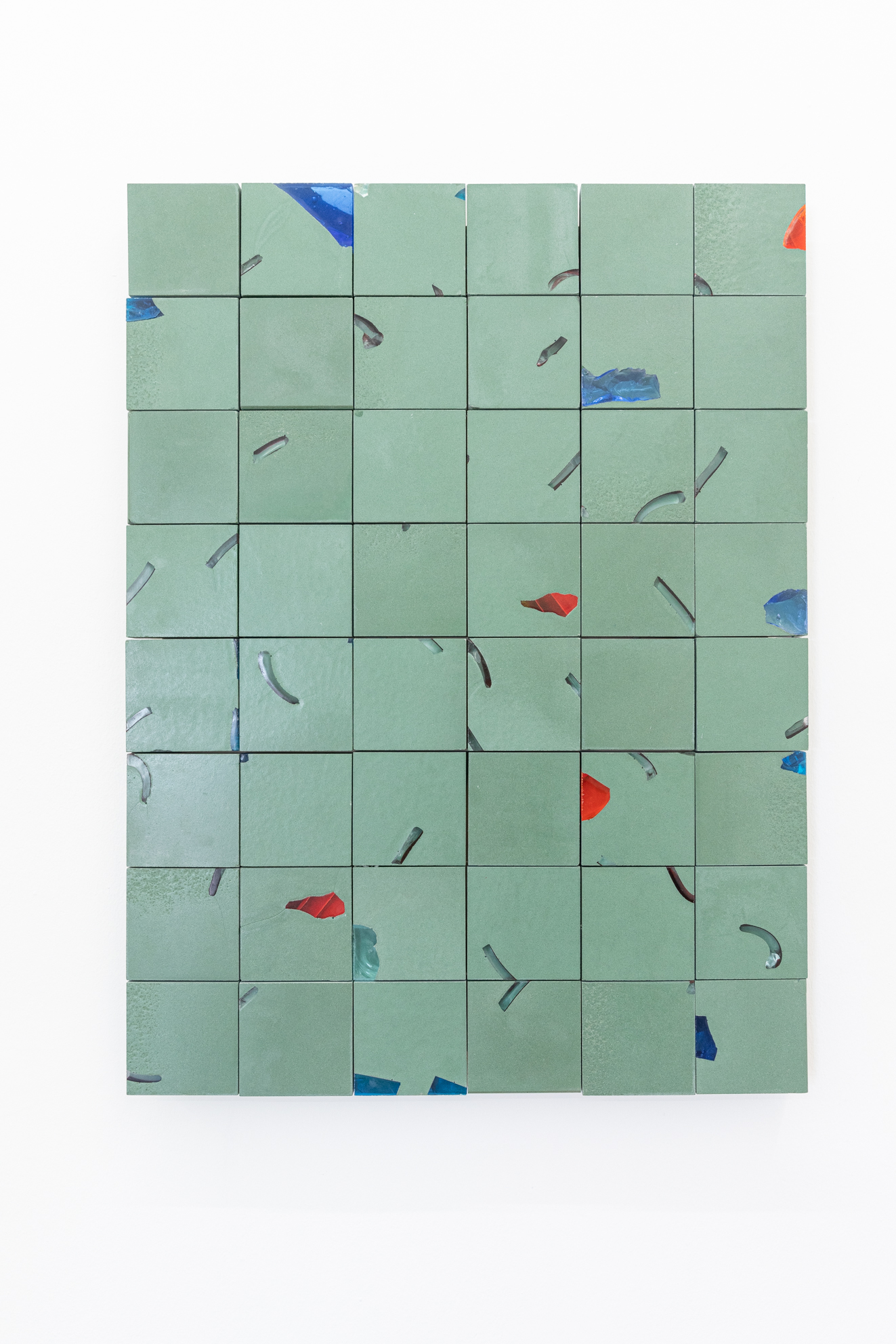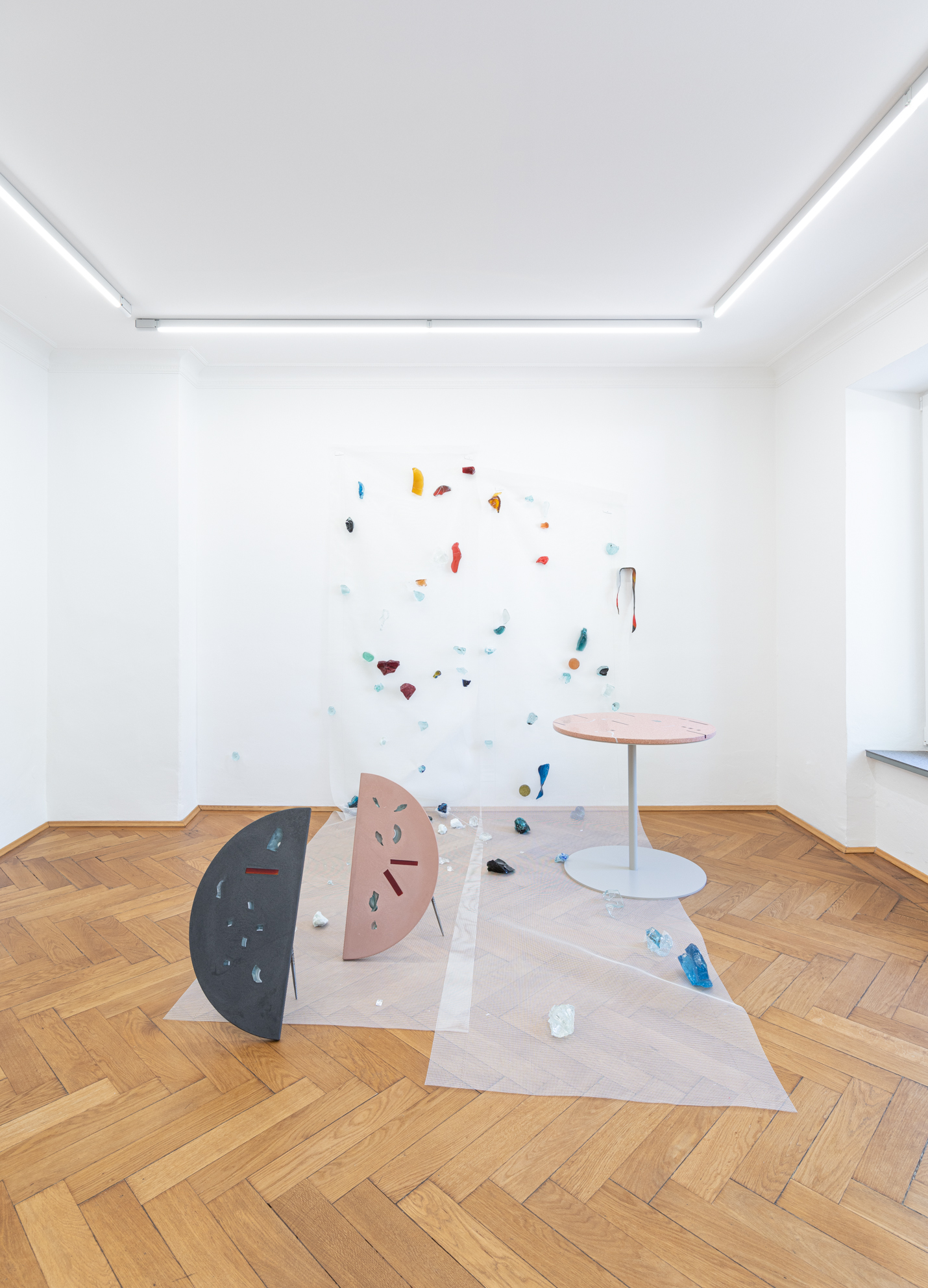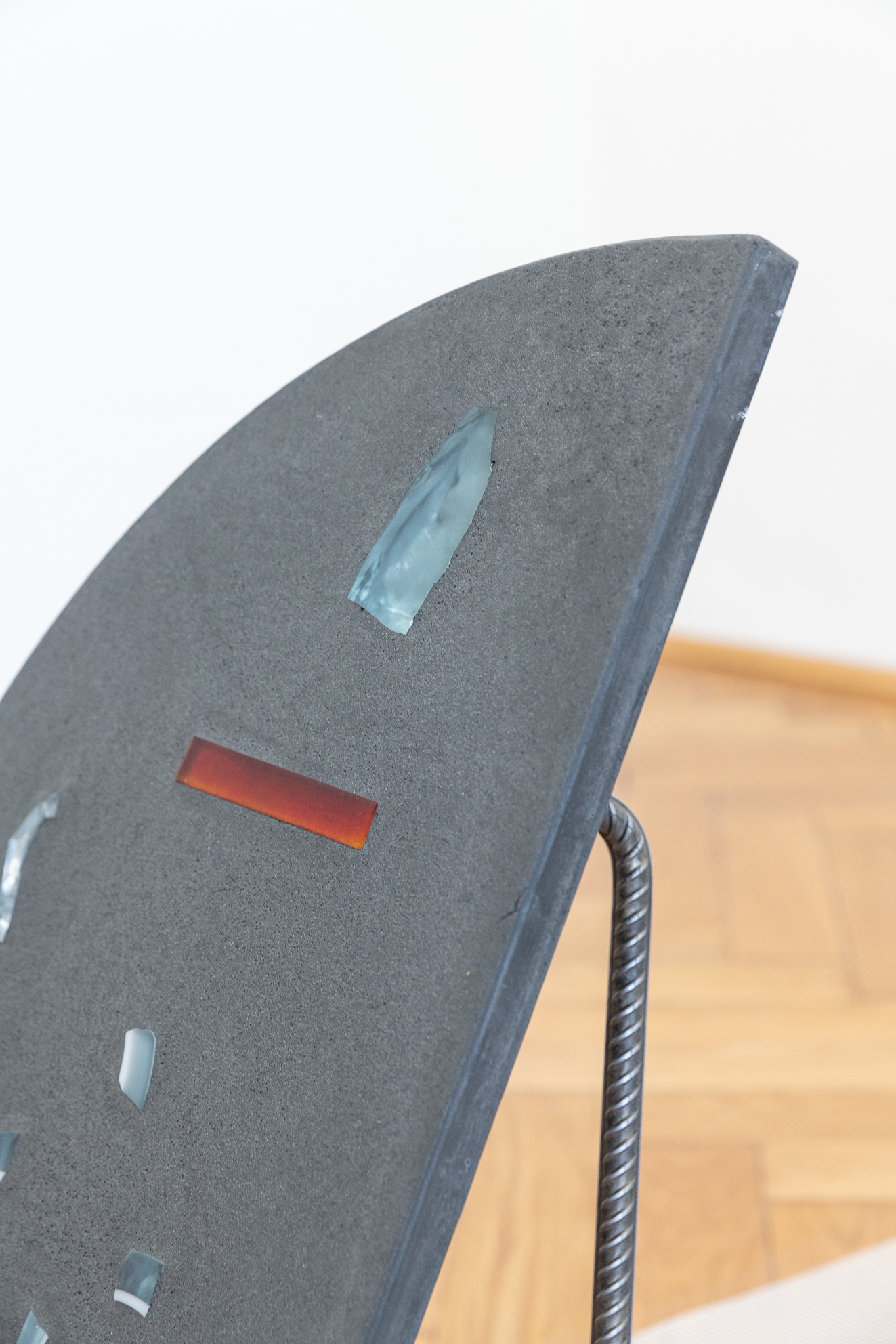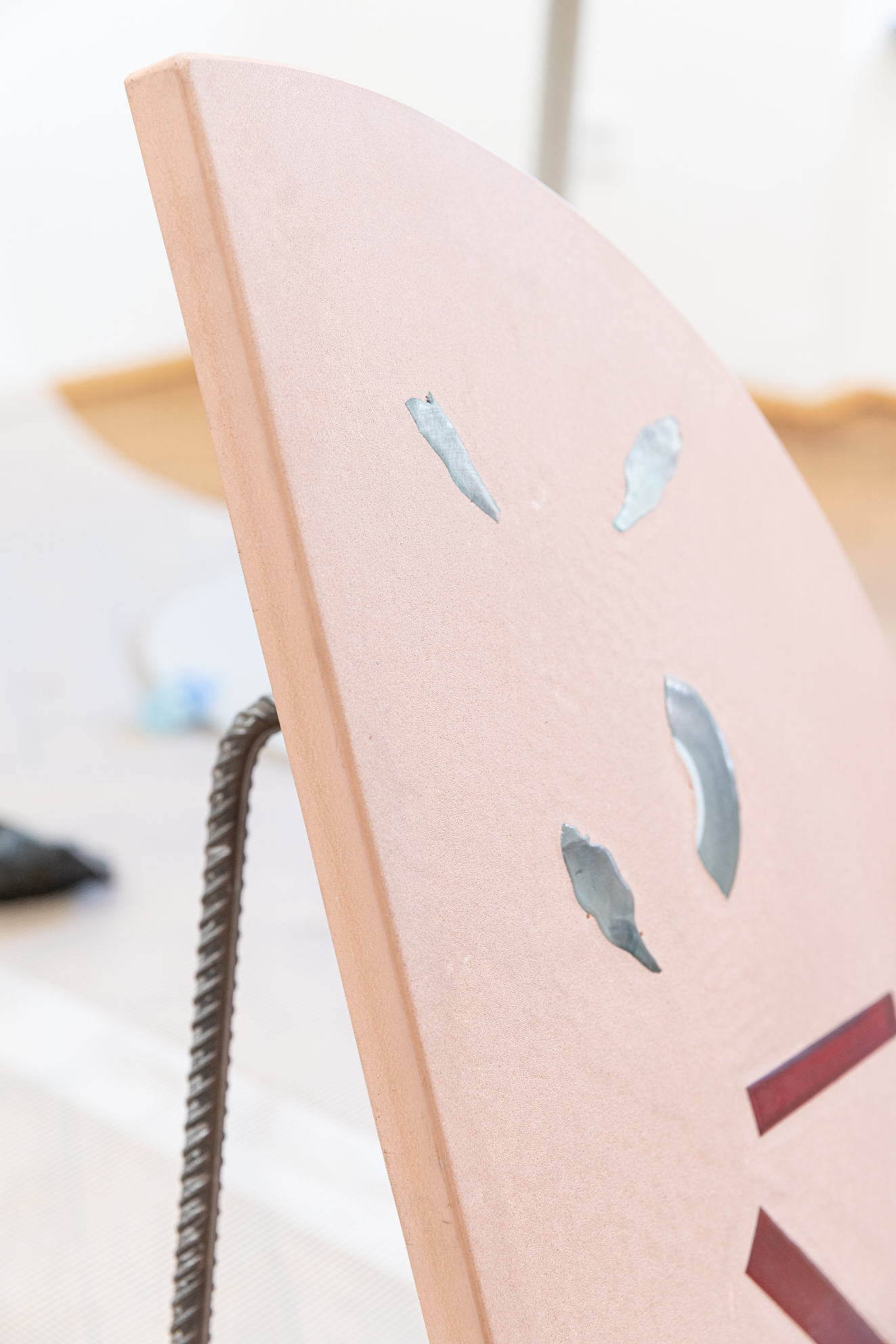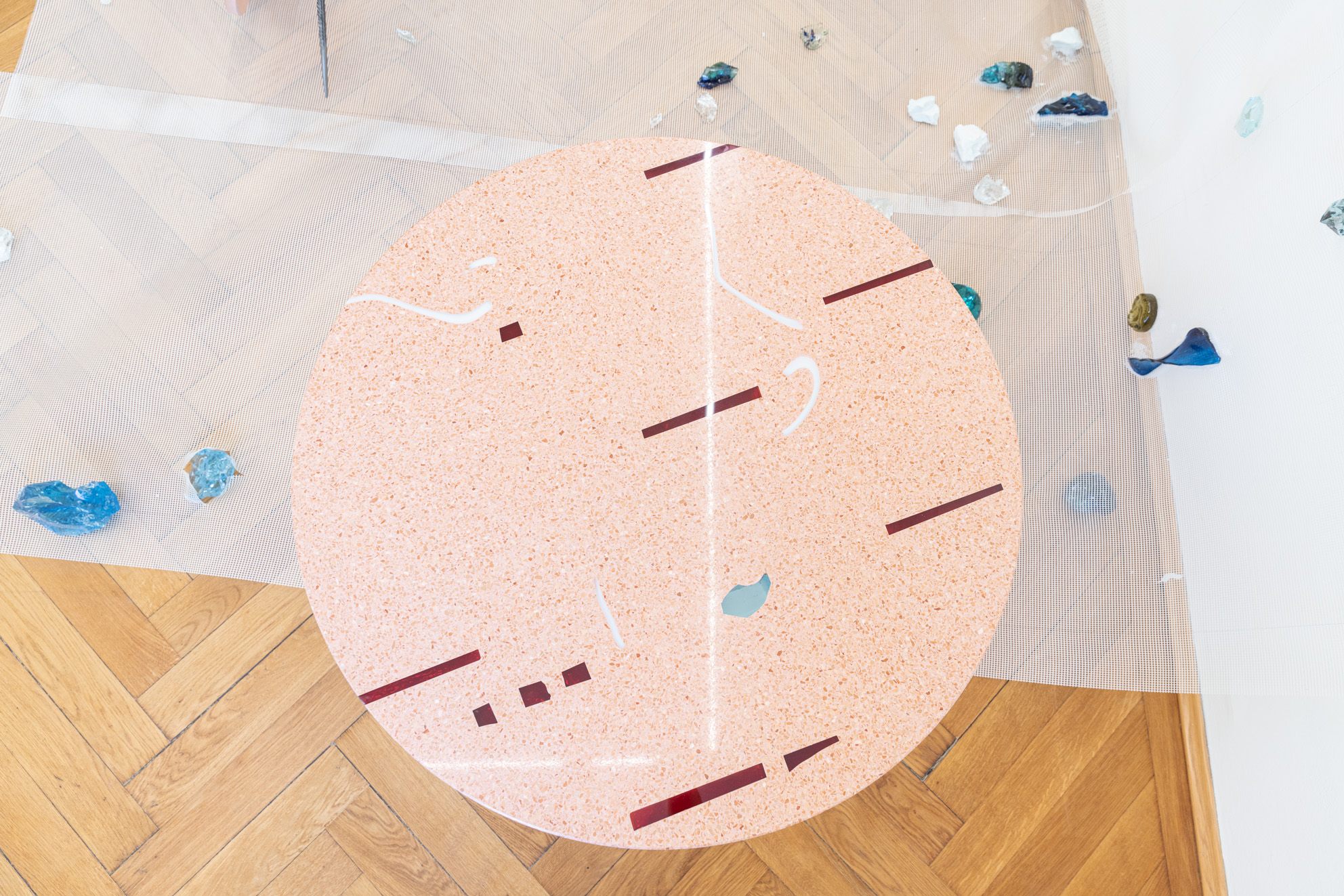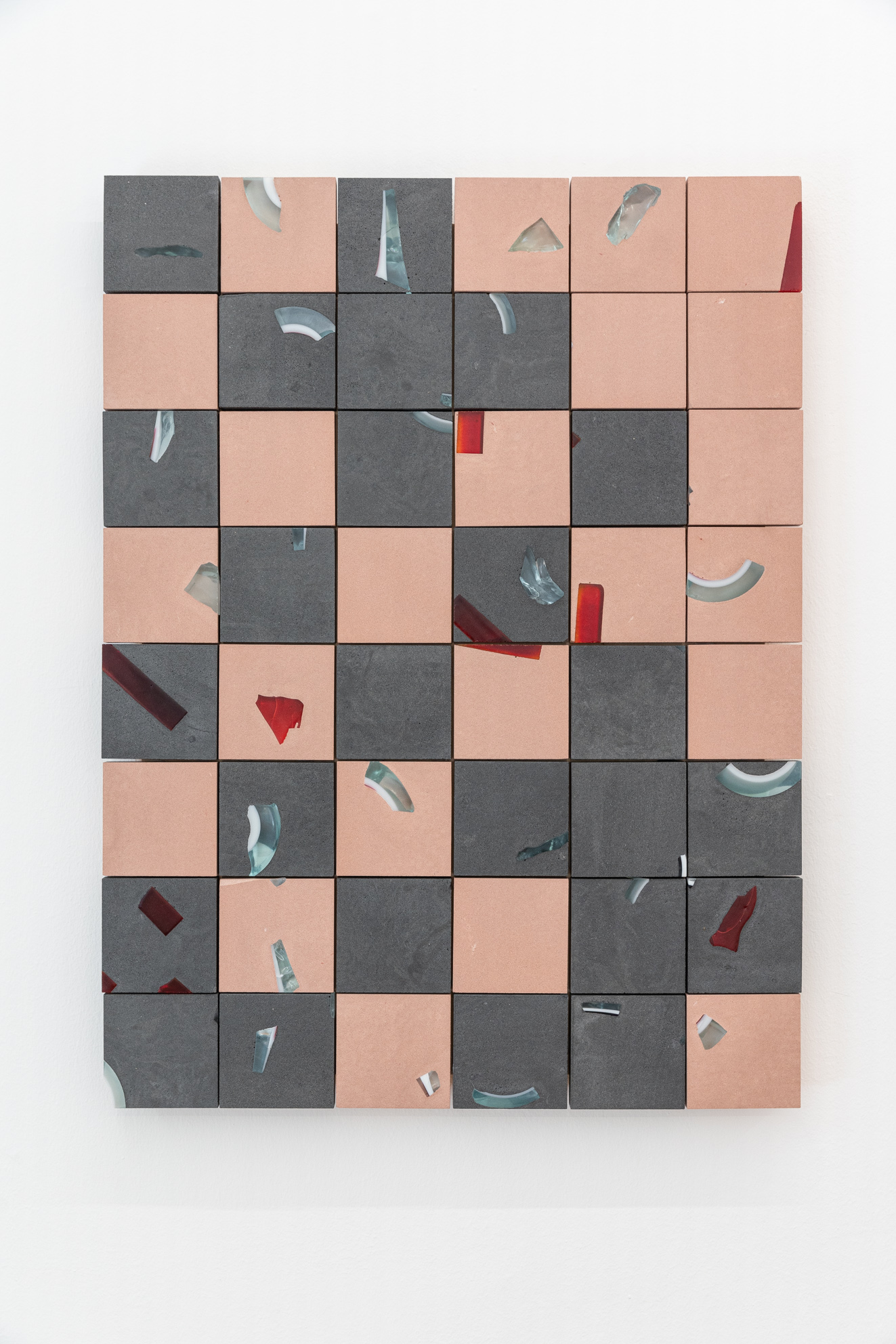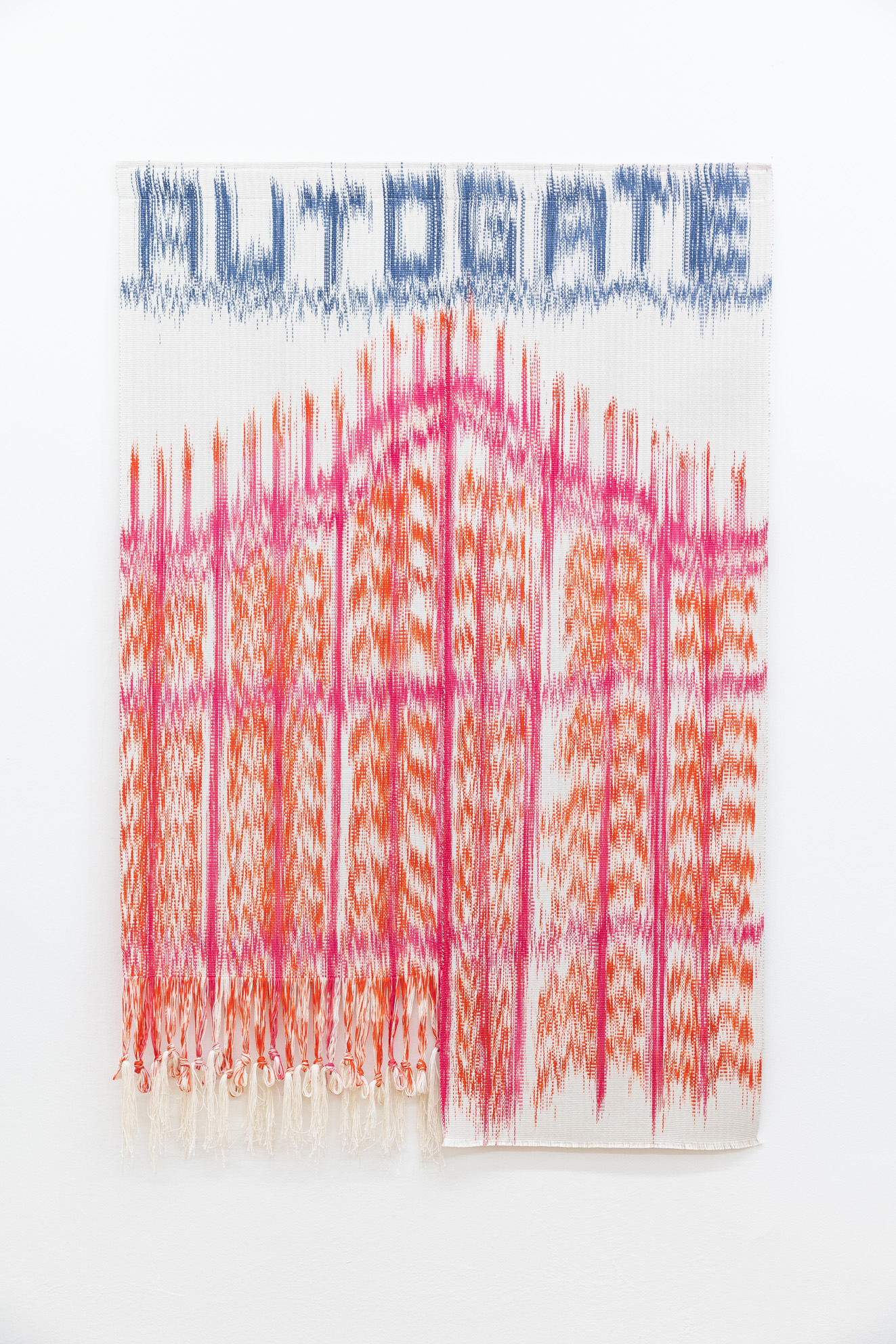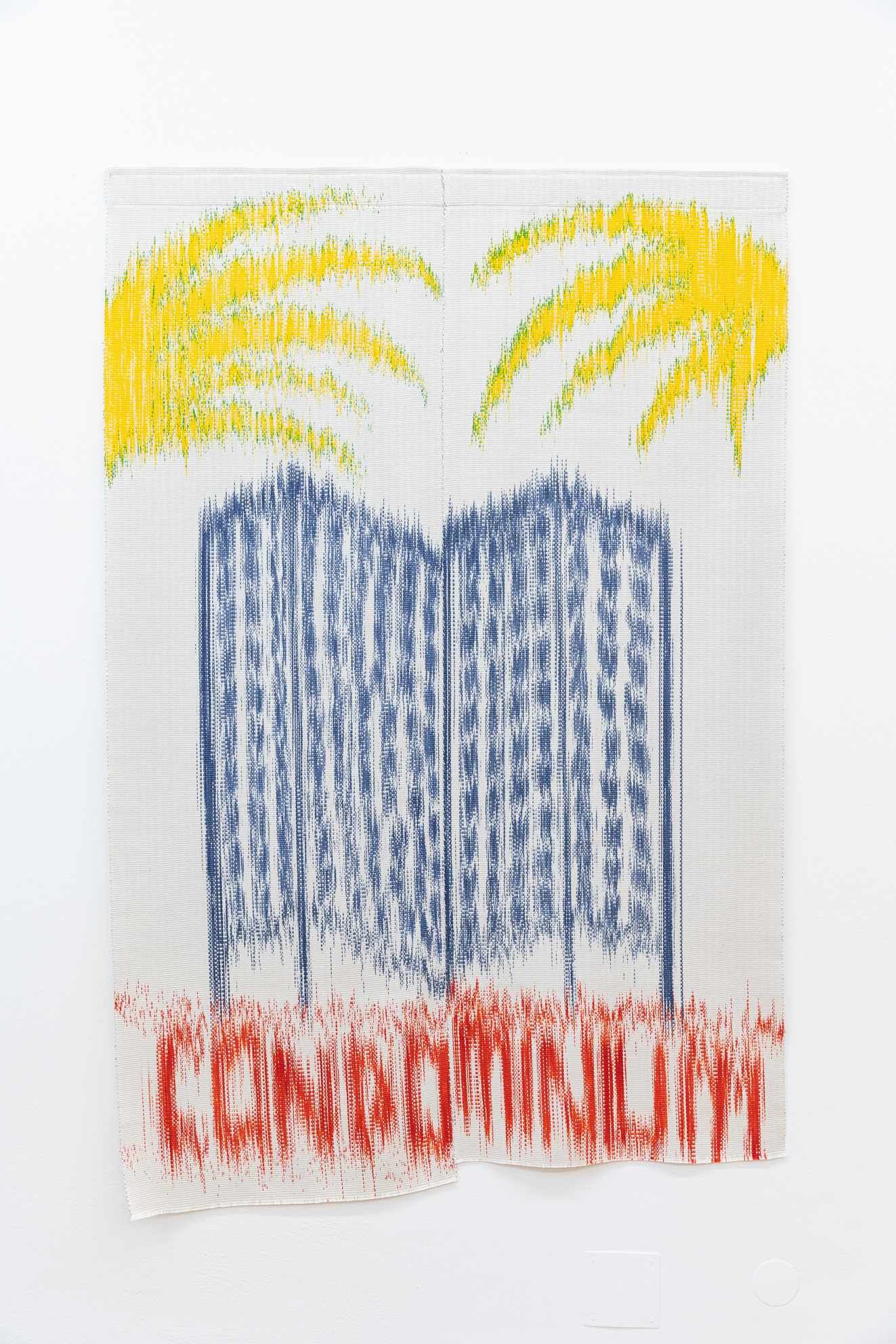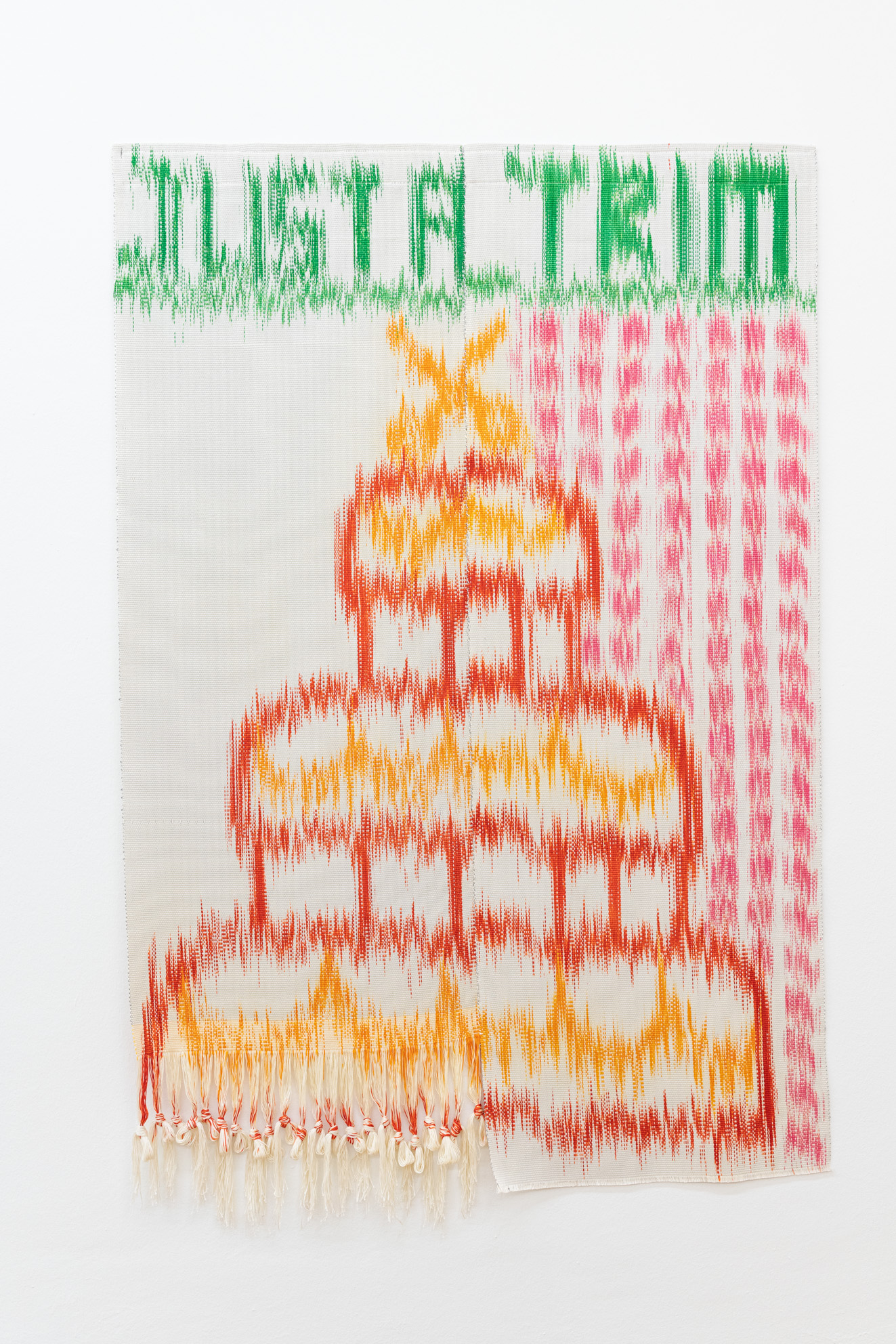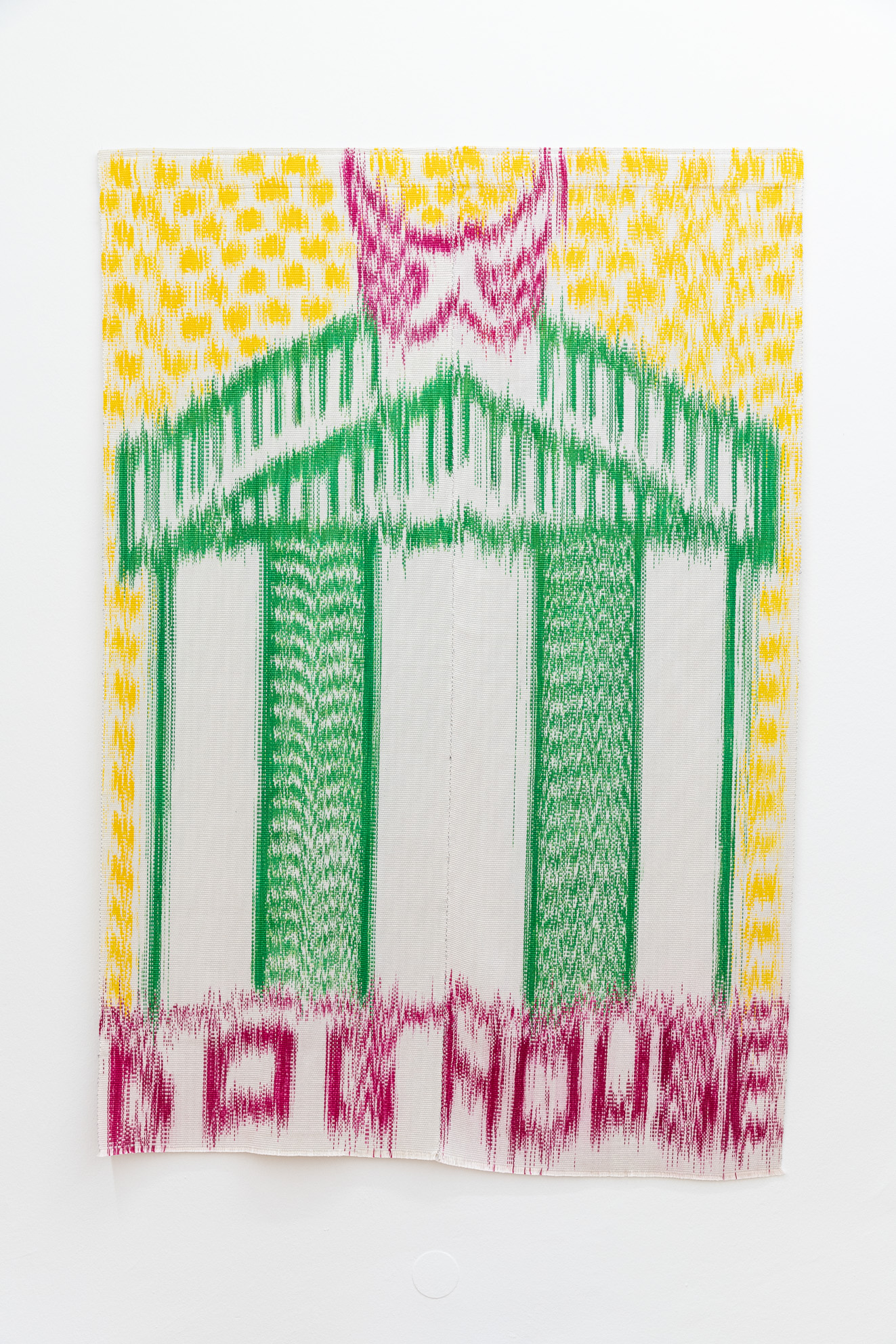
“No sooner had the warm liquid, and the crumbs with it, touched my palate, a shudder ran through my whole body, and I stopped, intent upon the extraordinary changes that were taking place. An exquisite pleasure had invaded my senses, but individual, detached, with no suggestion of its original… Whence did it come? What did it signify? How could I seize and define it?” – Marcel Proust [1]
“Why is it that all that tirelessly occurs in front of us, that functions in such an effective way and is also obvious, remains unseen?” – François Jullien [2]
The opening lines of Jullien’s “The Silent Transformations” speak to a certain temporal anxiety. It is an anxiety elicited by the unrelenting yet often unnoticed passing of time, such as the ‘irrepressible disturbance’ of coming across a photograph of oneself from twenty years earlier and piecing together the fragments caused by this momentary rupture. Or, a moment like that in Proust’s “Time Regained”, when after “coming across a friend one has not seen for several years he had preserved many features of his former self. And yet I could not take it in that it was he”[3]. These moments of misrecognition are defined by their quiet movement, the subtle and at times insidious processions that confront us out of nowhere, which make us feel that time is sand falling through the gaps between our fingers.
“We Melt Before It Forms” begins from this sensation of temporal anxiety, one that is perhaps heightened by the moment within which the exhibition is presented. Within the minutes, hours and days spent inside and isolated, time becomes an object of study, and yet even when we try to arrest it within the context of these extraordinary circumstances, it seems to be speeding up rather than slowing down. To follow Proust, what would it mean to try and ‘regain’ time? How do fugitive memories become constituted through form and imbued with different layers and textures? The exhibition appears through a series of intimate recollections: words whispered, images captured, remnants recorded, histories distorted. Like the madeleine crumbs that float to the surface of Proust’s teacup, or the silent transformations that confront us out of nowhere, the contemporary inflection of memory can at times startle and unease, but these acts of remembering can also be productive processes that reorient our relationship to the temporal frameworks that define our lived experiences. The past continues to accumulate in the present and hints of futurity are embedded within it; architectures s reoccur as new instances of interiority. In each of the artworks presented, encompassing design, painting, textile, photography, film and installation, memory is rendered as a transformative process that resists the deterministic motion of time’s linear passing; instead, it becomes a series of infiltrating movements – rising and falling, melting and forming.
In Mark Corfield-Moore’s painting practice, the act of weaving on a loom becomes a meditation on the idiosyncrasies of past events and experiences. Memories, be they historical or personal, are re-performed through a hybrid process incorporating painting and ikat, in which the artist paints images with dye directly onto strands of loose cotton threads before they are woven permanent. This ikat technique was vicariously adopted by Corfield-Moore from his maternal grandmother, who had a similar practice many years ago in North East Thailand. Although the artist never met his relative, this biographical discovery enabled him to process and rediscover his heritage by incorporating weaving into his practice. The works presented in the exhibition draw upon a series of intimate thought patterns that trace Corfield-Moore’s experience as part of the Thai-British diaspora. Phrases such as ‘condominium’, ‘just a trim’, ‘dog house’ and ‘auto gate’ suggest certain architectural structures and psychological spaces, which are then combined with each woven image to engender ambiguous and transitory associations: a dog house modelled on a temple, living on the fourteenth (but actually the suspicious thirteenth) floor of an apartment block, a haircut that suggests a new chapter, or an automatic gate that acts as a protective threshold. Rendered with what the artist describes as a ‘fizzy heat’, the instability of each image and their sense of in-betweenness speaks to the temporal triggers that the artist relates to his experience of moving to the UK from Bangkok when he was five years old. In each work, fabric becomes a mode of sensorial transportation, of wandering through times and places that are physically inaccessible, yet internally imagined.
As an expression of interiority, pioneering video and moving image artist Judith Goddard’s work, “Lyrical Doubt” (1984), begins with an act of wandering, as a seated figure is activated and animated by an illusory flickering of images. Appearing to be at once resting, waiting, bored and doubting, this figure and the moments that follow take us through a series of recollected moments in which the quotidian is dramatised through the meandering and eclectic lyricism of the film’s soundtrack. As with many of Goddard’s early works, memory is depicted as if one were shining a light onto the surface of a crystal; its beam is simultaneously fragmented, distorted and expanded. Over the course of the work’s duration, objects such as fruit and flowers are presented in a collagic manner; they become external metaphors for internal states, operating through an intimate dialectic between the figure’s body and mind. Rather than staying within this binary of inner and outer, however, Lyrical Doubt follows the continuous instances of present thought as they flow backwards and forwards between these boundaries; these are moments of transition, and, as Jullien has written, ‘the transition, in fact, undoes'[4].
Presented in the same room is Anita Witek’s photographic series “Unvorhersehbare Ereignisse (Unforseeable Occurrences)” (2020), together with a site-specific wall-based installation. Made by Witek during the pandemic, the works convey an idiosyncratic and abstract version of now. The artist’s starting point was a series of archival copies of PM Magazine (formerly known as ‘PM – Peter Moosleitner’s interesting magazine’) from the 1980s, a German popular science publication that centres on questions and debates around science and technology. The retro editions that Witek collected contain speculations about tomorrow’s world, technological interventions and scientific discoveries, a series of future visions that oscillate between science fictional pseudoscience and at times accurate depictions of what is to come. The blurring of fact and fiction embedded within the pages that Witek was holding decades later led to a mode of speculation that is perhaps not that far away from the ways in which information is generated in our contemporary moment. After removing the central subject of her source material, Witek then reconfigured each group of fragments to create a new image. Grounding each of the works are the titles themselves, which are taken from a cumulative list that Witek has been building over time. By aligning these textual fragments with those of her photographic compositions, she works through a process of linguistic play, asking how each title may or may not inform what we are looking at. In these works, the indexical sources and the historical speculation that they convey become a flexible material that the artist appropriates and recasts through an alternative lens. This extends to the wall-based installation, which presents a zoomed-in and scaled-up rendition from fragments extracted from several of the photographic works. As a collage in space, its cropped and layered composition continues Witek’s process of exploring the mutable spaces that exist within the realms of image making.
Found images are also the starting point for Ma Qiusha’s “Pages” series (2017-2018), which is part of a wider body of work in which the artist collects magazines, books, photo albums, calendars and other publications that circulated throughout China during the 1980s and 90s, shortly after the country’s reform and opening up policies began in 1978. Pages begins from collections of nude photography albums that were popular within this post socialist context: images of young naked women were extracted from soft pornography magazines, most likely printed in Japan, and then sold in bookstores under the rubric of ‘Body Art’. These depictions of sexualised femininity, intimately yet prolifically disseminated, are re-appropriated by the artist: scratching, spotting, blurring and folding these original pages becomes a physical act of disrupting a gaze that attempts to consume these within a framework of desire. The cyanotype process that gives each image its tint refers to the symbolic significance of Prussian ‘worker’ blue that was characteristic of the socialist period that Ma Qiusha’s parents grew up in. This confrontation between two eras – memory, consciousness and history – is re-performed through these images, poetically tracing the ideological frissons that exist between the artist and her parents’ generation.
‘UNTIL THE SPARK HAPPENS’; ‘PUSH & PULL’; ‘FREE FALL’ – these are some of the textual fragments hovering on the reflective, resin surface of Caro Jost’s Streetprint Paintings that line the gallery’s corridor. These are words appropriated from the writings of other artists, specifically those of 1940s-60s New York, in which the erratic and unpredictable movement of creative thought is expressed in bold headline. Since 2010, Jost has been researching the lives of these artists – studios, exhibition spaces and meeting points across the city – documenting through film the remnants of their working, whether these are now visible or invisible. The film stills then become the physical material with which Jost constructs her densely layered and textured compositions; the act of deep looking that they invite of the viewer runs in parallel to the artist’s materialisation of these traces within the present. The single black lines that frame and connect each work may gesture to a linear temporal movement, yet within the space of each painting lies a composite of perspectives, a collage of fleeting moments. Accompanying the Streetprint Paintings is one of Jost’s Streetprints, in which she makes transfers directly from the surface of physical locations that bear a particular significance to the artist’s research. Together, these modes of documentation represent an attempt to capture certain energies that have perhaps now expired, but which are given a new life within the compressed time of each work.
The remains of an artistic process constitute the working material of artist duo Jeschkelanger (Marie Jeschke and Anja Langer), whose hybrid practice involves collecting and repurposing leftover glass material from other artists and architects that they source from Lamberts glass factory in Germany. This ‘waste’ material forms what the artists called a ‘contact zone’, both between the glass and the coloured concrete moulds that it is embedded within, and also with the creative practitioners, locations and contexts from which the material originated. Each of the glass ‘crystals’ that reside in the objects – a table, sculpture or painting – hold within their structure the combined labour of their initial creators and those of their recyclers. The resulting terrazzo, titled Basis Rho, is at once a building material and an art-design object within which the forms and textures of previous creations coalesce. This hybridity is an important part of Jeschkelanger’s interest in shared authorship and meeting points across various praxes and disciplines. Their site-specific response within the gallery transforms the matrix of Basis Rho into an expanded installation that shifts between these realms – a series of fragments re-formed and re-crystallised.
[1] Remembrance of Things Past: Volume 1, 1913. Ware, UK: Wandsworth Editions (2006): 61.
[2] The Silent Transformations, 2009, trans. Michael Richardson and Krzysztof Fijalkowski. Kolkata, India: Seagull Books (2011): 1.
[3] Ibid.: 4.
[4] Ibid.: 31.
Joseph Constable ist Kurator, Autor und Produzent. Er war Associate Curator bei Serpentine Galleries London und ist heute Acting Head of Exhibitions im De La Warr Pavilion Sussex.




